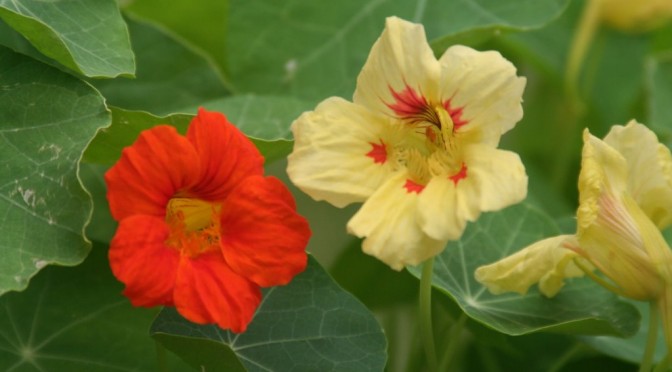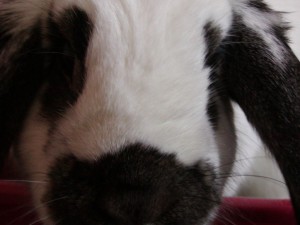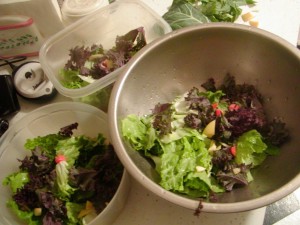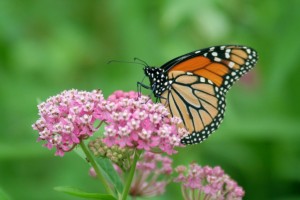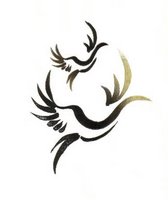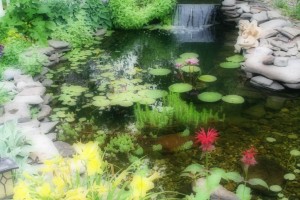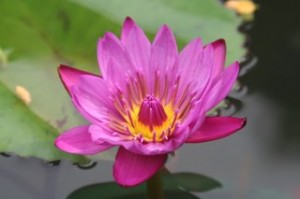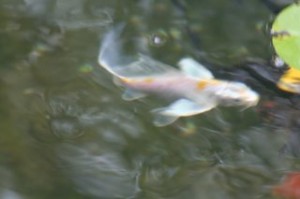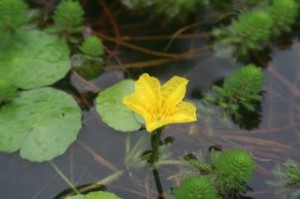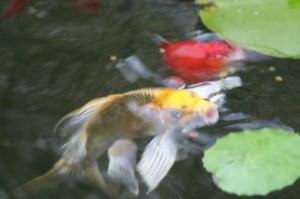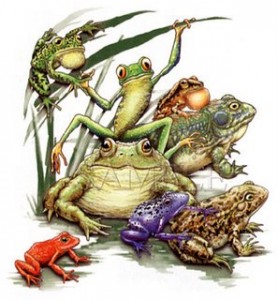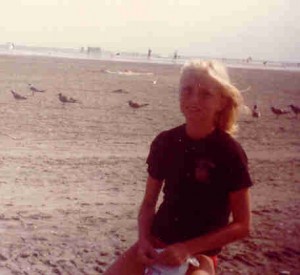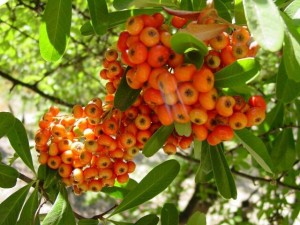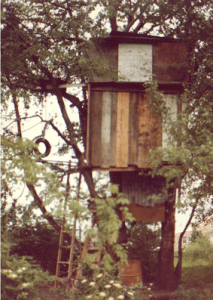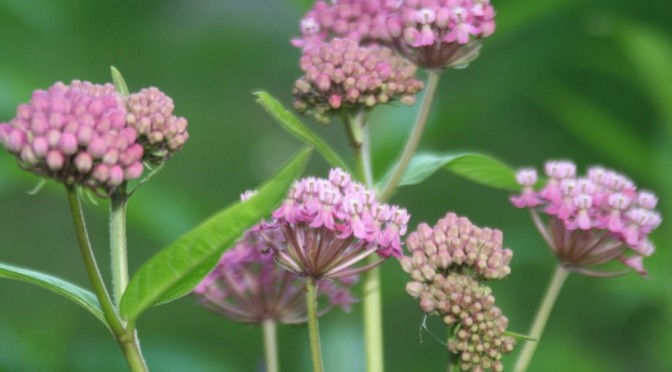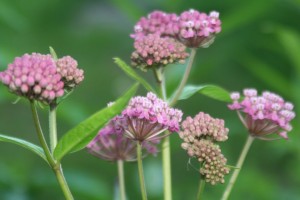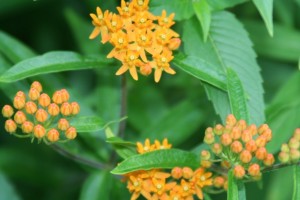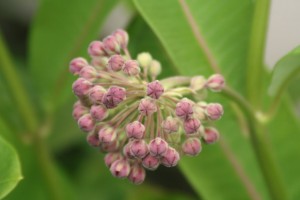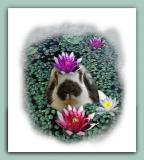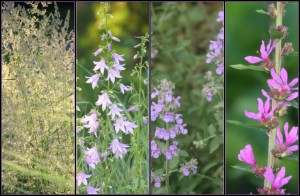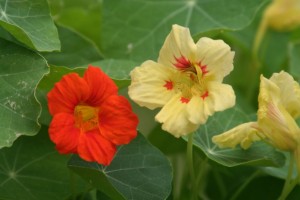 While sitting here waiting to see if Blogger would take my pics tonight I was deciding what to do if it wouldn’t. The wait was forever and I actually started composing bad cinquain poetry in my head while the minutes ticked by. Be glad the pics loaded! I’ll have to file away my awkward ode to Blogger for the next time it goes wonky on me. I tried adding these pics to last night’s post earlier this evening and they still wouldn’t take. Yet I can add them here. Very mysterious.
While sitting here waiting to see if Blogger would take my pics tonight I was deciding what to do if it wouldn’t. The wait was forever and I actually started composing bad cinquain poetry in my head while the minutes ticked by. Be glad the pics loaded! I’ll have to file away my awkward ode to Blogger for the next time it goes wonky on me. I tried adding these pics to last night’s post earlier this evening and they still wouldn’t take. Yet I can add them here. Very mysterious.
Plenty of folks blog without pictures and those that do a good job of it are able to write well. I hope somehow that my mediocre pics and mediocre writing somehow make up for each other or cancel each other ou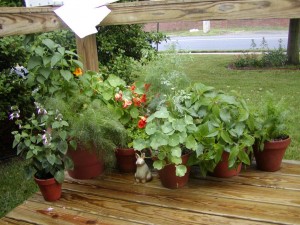 t or whatever.
t or whatever.
Anyway, back to the subject at hand – Nasturtiums. Both the leaves and flowers are edible; at one time even the flower buds were pickled like capers. I’ve read that they are sometimes planted beneath fruit trees or tomato or squash vines to trap insects that would like to munch on the more valuable property above them. I plant mine in pots on the front steps with some other herbs like dill and pineapple sage. They have a peppery taste that I like in salads mixed with sweeter greens and the flowers make a pretty garnish.
They are easy to grow fro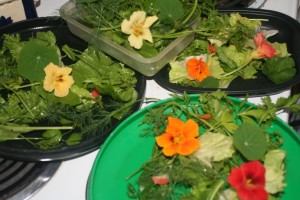 m seed and like sun and moisture, but not a rich planting medium as too much fertilizer will keep them from blooming well. Aphids seem to love them and the older leaves develop a strange mottled appearance, so I pick the young leaves for eating. Snails and slugs like them, too. Books say that they’re also favored by hummingbirds as each flowers holds a small well of sweet nectar inside it. Last night I added some fresh-picked flowers and leaves to the salads for the bunnies – these and dandelion flowers are a favorite treat.
m seed and like sun and moisture, but not a rich planting medium as too much fertilizer will keep them from blooming well. Aphids seem to love them and the older leaves develop a strange mottled appearance, so I pick the young leaves for eating. Snails and slugs like them, too. Books say that they’re also favored by hummingbirds as each flowers holds a small well of sweet nectar inside it. Last night I added some fresh-picked flowers and leaves to the salads for the bunnies – these and dandelion flowers are a favorite treat.
